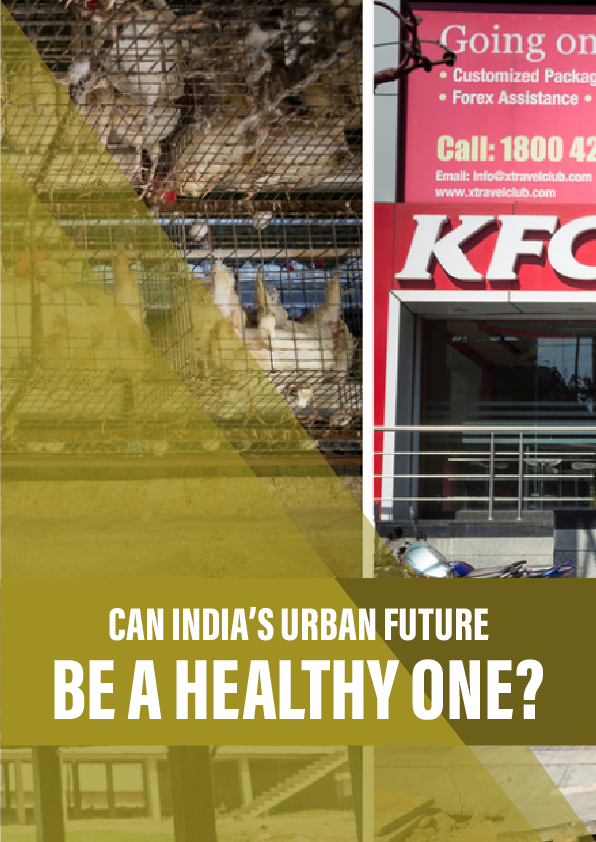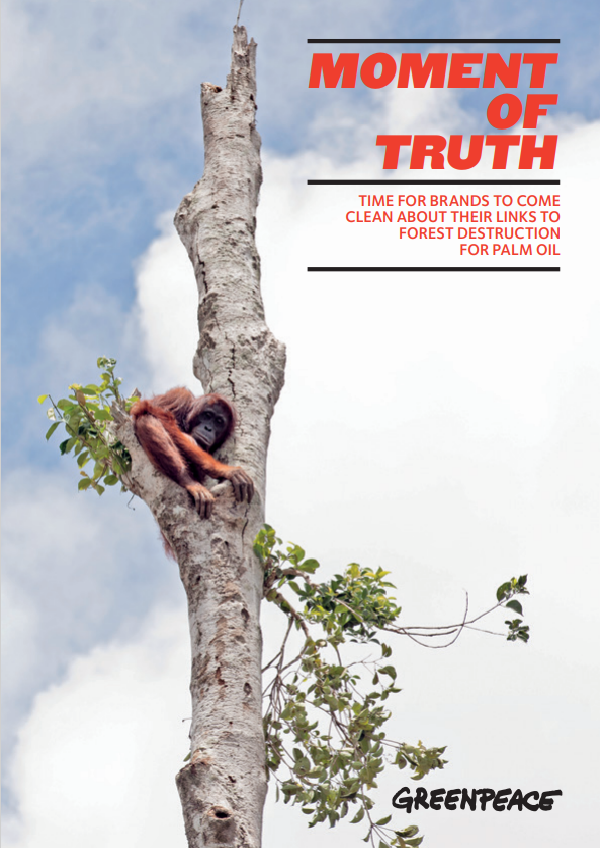Ill-health is the price rural Indians have to pay for seeking a better life in the city. Twenty-nine villages near Hyderabad are helping to explain why, Michael Regnier discovers.
A warm egg, white shell almost translucent, plops into the wire mesh gutter and rolls forward. There is no let-up in the clucking din of the 16,000 other chickens in cages that stretch to the far end of the shed. They won’t survive more than a couple of years here, but their shit will be shovelled up for fertiliser and their eggs sold on for a few rupees each.
The concrete shed stands between two rice fields, patches of green in the otherwise brown, dusty landscape of this part of central southern India. The farm belongs to Narasimha Reddy, who also grows oil palms and a traditional cereal called jowar. It is hard work but he says he is satisfied with his lot. Most of his neighbours have sold their land, which Reddy claims has made them less happy. He also says they are less healthy because they now don’t work as hard and have changed from jowar to rice in their diet.
Reddy strives to be more traditional. He sticks to the same diet his elderly parents have eaten all their lives, and unlike many neighbouring families, he and his three brothers have all stayed in the village. He envisages his children living out their lives here as well. It is a rare vision of the future. Across India, so many people are leaving the land in favour of the rapidly growing towns and cities that the rural population is predicted to peak around 900 million before starting to shrink in 2025. Already, this trend is bringing profound economic and social changes to individuals, families and the nation as a whole. It is changing the way people live. It may also change the way they die.
As more Indians adopt more urban lives, chronic conditions like diabetes, obesity and heart disease are on the rise, replacing malnutrition and infectious diseases as the country’s most urgent health worries. Reddy doesn’t want to risk his family’s health. He has decided that being healthy and poor is better than taking their chances in the modern, more developed, more open India.
Reference:
- A description of the APCAPS cohort was published in the International Journal of Epidemiology in 2013.
- The main findings from the Indian Migration Study were published in PLOS Medicine in 2010.
- PLOS Medicine also published a six-part series on migration and health in 2011.
- The COMPAS Anthology (published by the Centre on Migration, Policy and Society in Oxford) has some lovely and informed writing about the general impact of migration on people.
- The Man Booker Prize website has more about Aravind Adiga’s winning book from 2008, The White Tiger.
- An article on how India’s new government is spending £700 million on new smart cities, from August 2014.
- Hooray for Tollywood! A slideshow of Ramoji Film City from Vanity Fair in 2012.











